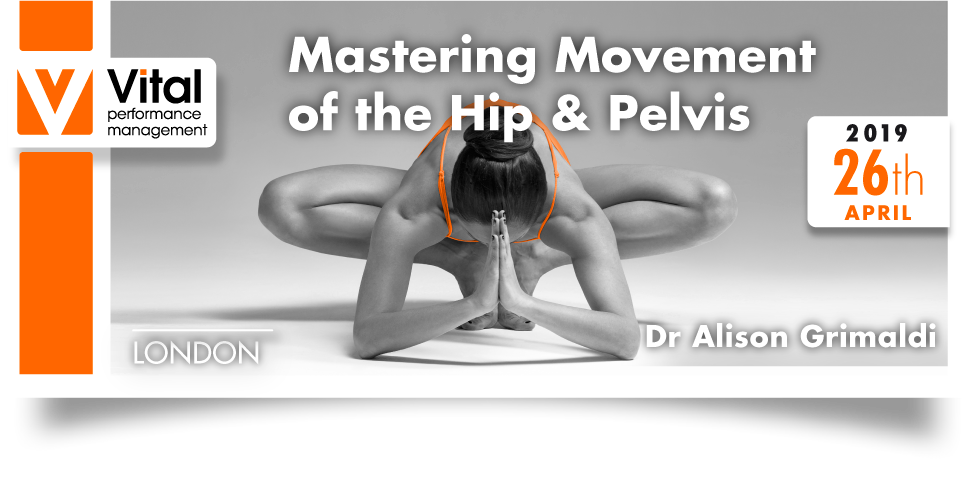Mastering Movement of the Hip and Pelvis
Friday, 26 April 2019 09:00 - 17:00 (GMT)
Australian Physiotherapy & Pilates Institute (APPI)
The Chapel
Wellington Road
Kensal Rise
London
NW10 5LJ
Completed
Do you have a clear understanding of when, why and how to assess and address muscle dysfunction around the hip and pelvis, in order to optimise and expedite patient outcomes
Do you find yourself prescribing the same exercises for every hip & groin pain patient, regardless of their presentation?
Do your patients perform the same program for weeks or months without progressions or an understanding of what they are attempting to achieve and why?
Would you like to Fast Track your hip and groin Rehab?
Movement patterning and muscle function around the hip and pelvis are key considerations for any lumbopelvic or lower limb problem and may even impact on upper limb function.
Assessment and retraining in this region require a specific and targeted approach that should consider the multifaceted requirements for optimal function and the limitations of an individual’s musculoskeletal system.
With respect to current practices around muscle testing and exercise prescription, often strength is only consideration. While this is an important consideration, normal results on strength testing may be returned from a muscle synergy within which significant dysfunction exists. If weakness is not the primary deficit, generic strengthening may worsen rather than improve the situation by reinforcing poor recruitment strategies or imbalance in the contribution of muscles within a movement synergy e.g. TFL within the abductor synergy.
In exercise literature, often maximal EMG is the sole indicator used for exercise selection. EMG levels are not reflective of force generation and high levels of EMG may simply reflect active insufficiency where the muscle is not at an optimal range to generate force efficiently. This premise also assumes that maximal recruitment is optimal for muscle retraining and musculoskeletal health. While EMG levels above 40% of a maximal voluntary contraction are required for strength development, other factors should be considered.
Choosing an exercise with highest %MVC in a disadvantageous length-tension relationship, while encouraging poor recruitment patterning and efficiency with high load imposed on underlying joints or soft tissues, may not be in the best interests of achieving optimal or pain free function.

